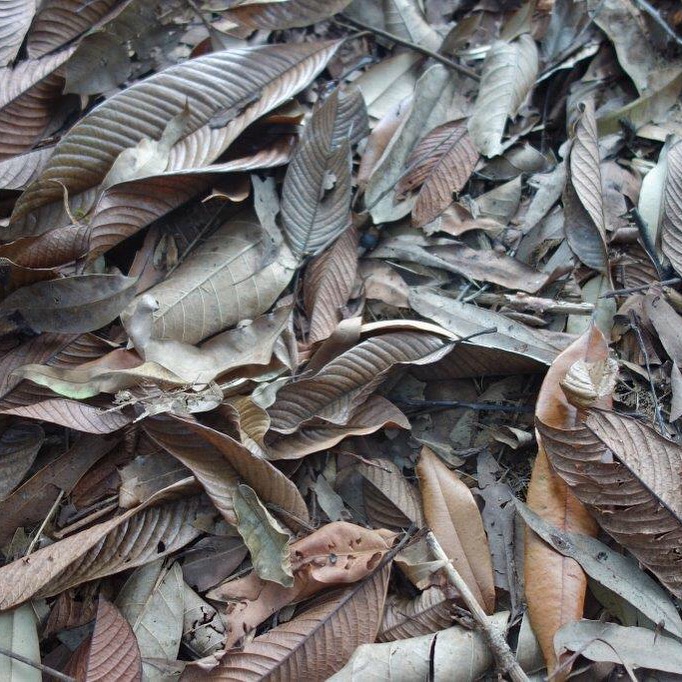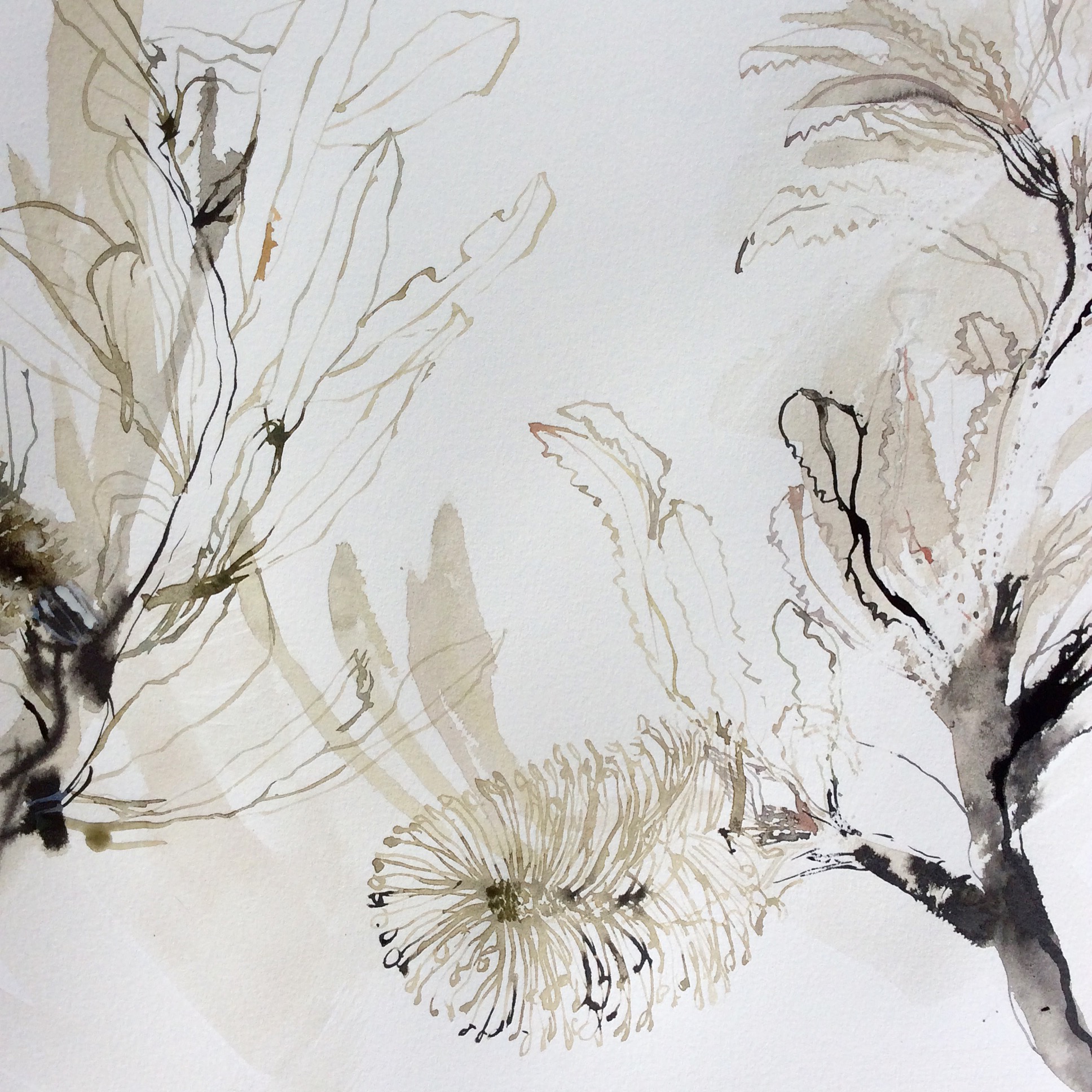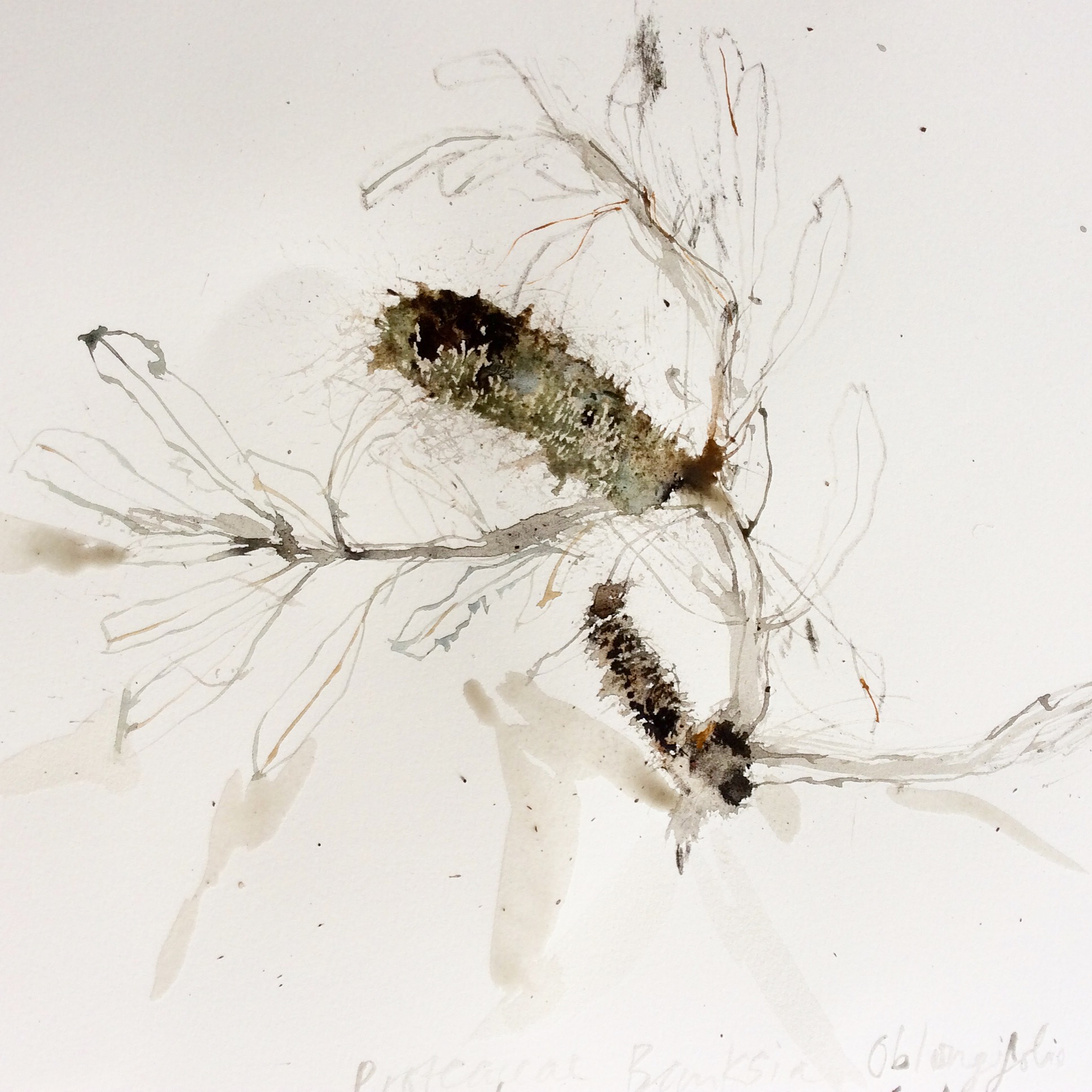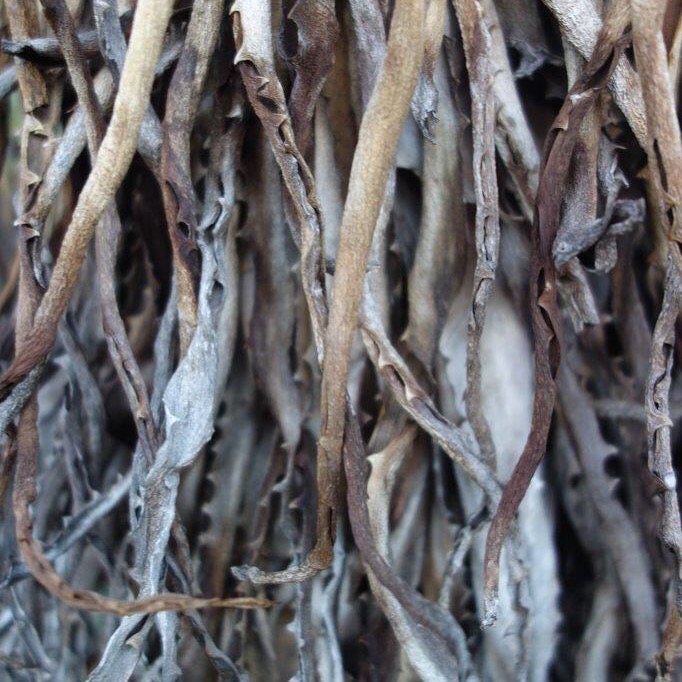“Live in each season as it passes; breathe the air, drink the drink, taste the fruit, and resign yourself to the influence of each.” —Henry David Thoreau
banksia love
This week my studio is full of Banksias. I have fallen in love with these strange and beautiful plants... I would not call myself a botanical artist..rather... I use flowers as inspiration...my paintings are not scientific representations of the plant but I try to remain true to the plant and paint what I see.
“It”s not what you look at that matters, it’s what you see”
Archaeological evidence suggests that banksias or Banksia-like plants have existed for over 40 million years. The first humans to discover and make use of Banksia plants were the Australian aborigines who used the nectar from the flowers as part of their diet.
The first Europeans to observe banksias were probably Dutch explorers who made several landfalls along the West Australian coast during the 17th and early 18th centuries. No botanical collections were made, however, until the discovery of the east coast of Australia by Captain James Cook in the Endeavour in April 1770. Accompanying Cook were botanists Joseph Banks and Daniel Solander who collected many new species at Botany Bay including four which would later be included in a new genus, Banksia, named in honour of Joseph Banks' contribution to botany. (Australian Native Plants Society)
learning through seeing
Monday mornings I go early to the botanical gardens to collect specimens to paint during the week. I carefully select, cut and take them back to my studio. They are placed in a row of glass bottles on my work table. Each day I select a single flower to focus on. I try to simply paint what I see .
“when you take a flower in your hand and really look at it, it’s your world for the moment. I want to give that world to someone else.”
pastel drawings of this week's specimens hanging in the studio.
the place of honey bee dreaming
Mount Coot-tha was home to the Turrbal Aboriginal people for tens of thousands of years before European settlement. After settlement the summit was cleared, leaving a single Eucalpyt tree. This gave rise to the name One Tree Hill, which remained in place until 1880, when the area became a public recreation reserve. The name Coot-tha comes from the Aboriginal word ku-ta meaning honey. This area was where the Aboriginal people collected honey from the native stingless bee. Coot-tha means ‘place of honey’.
09.02.16
praying
it doesn't have to be
a blue iris, it could be
weeds in a vacant lot, or a few small stones, just
pay attention, then patch
a few words together and don't try
to make them elaborate, this isn't
a contest but the doorway
into thanks, and a silence in which
another voice may speak.
Mary Oliver. Thirst










